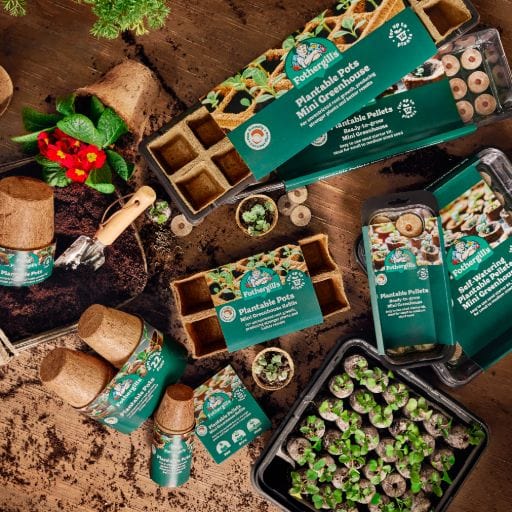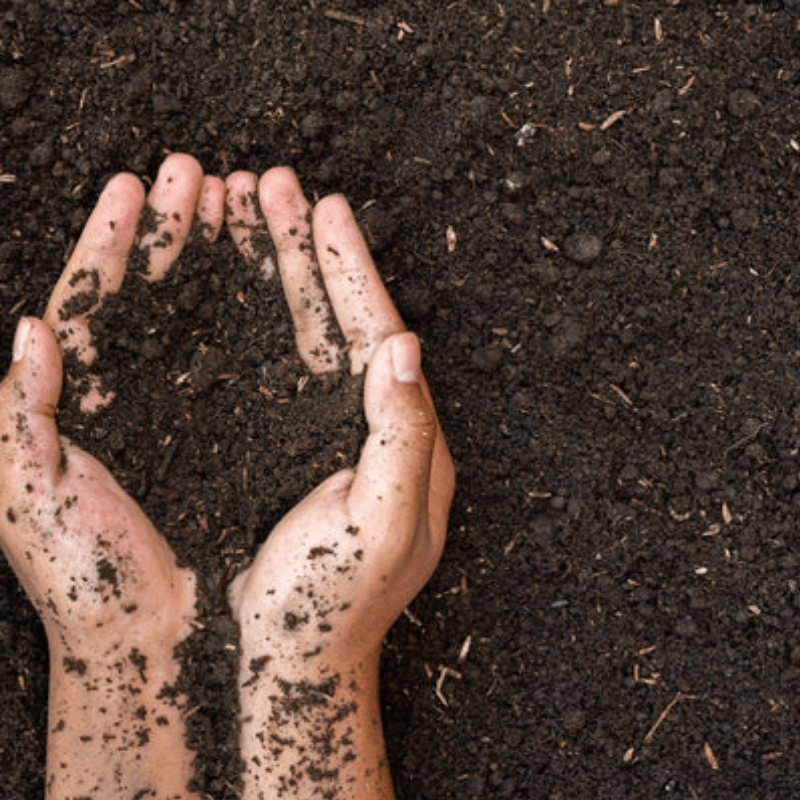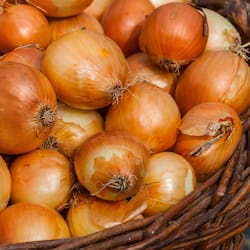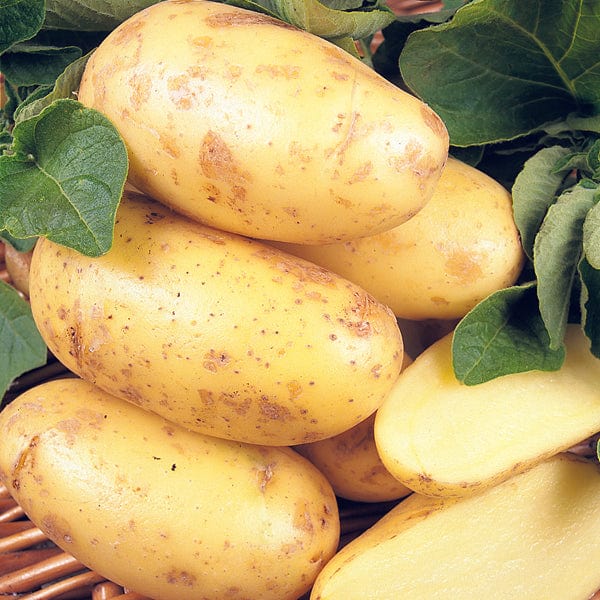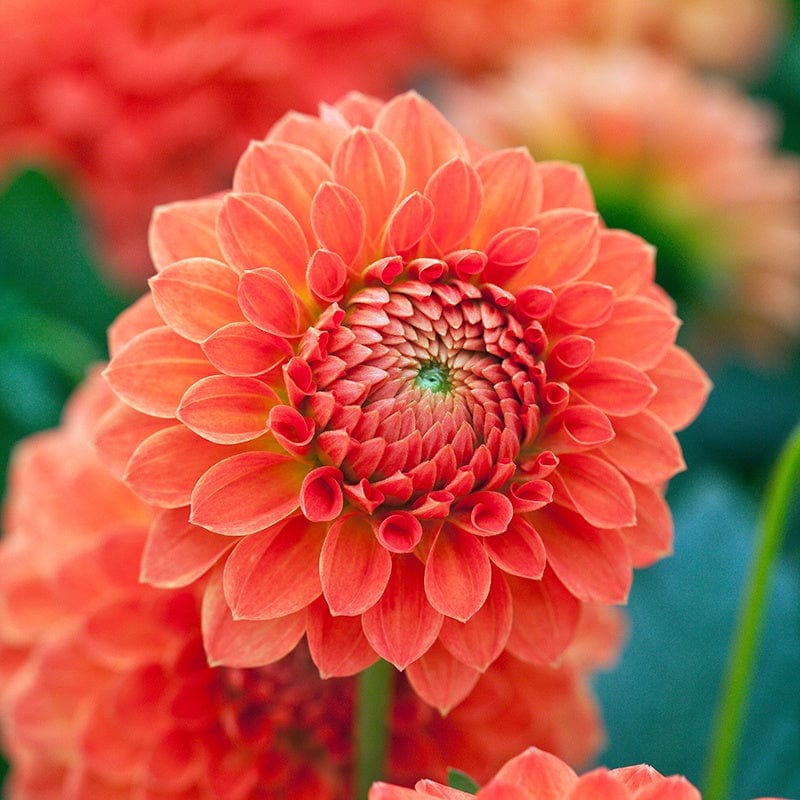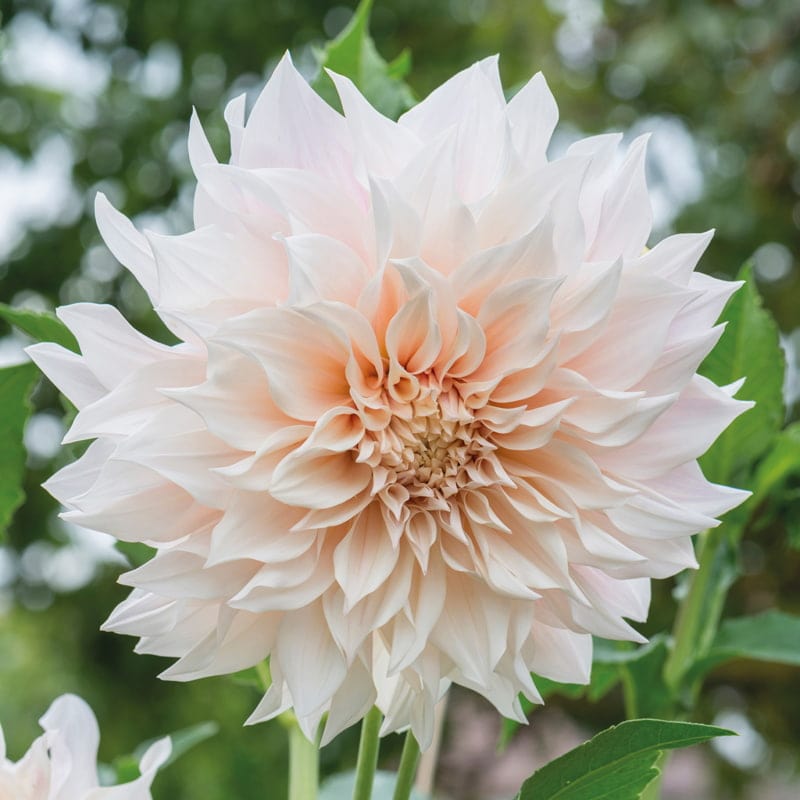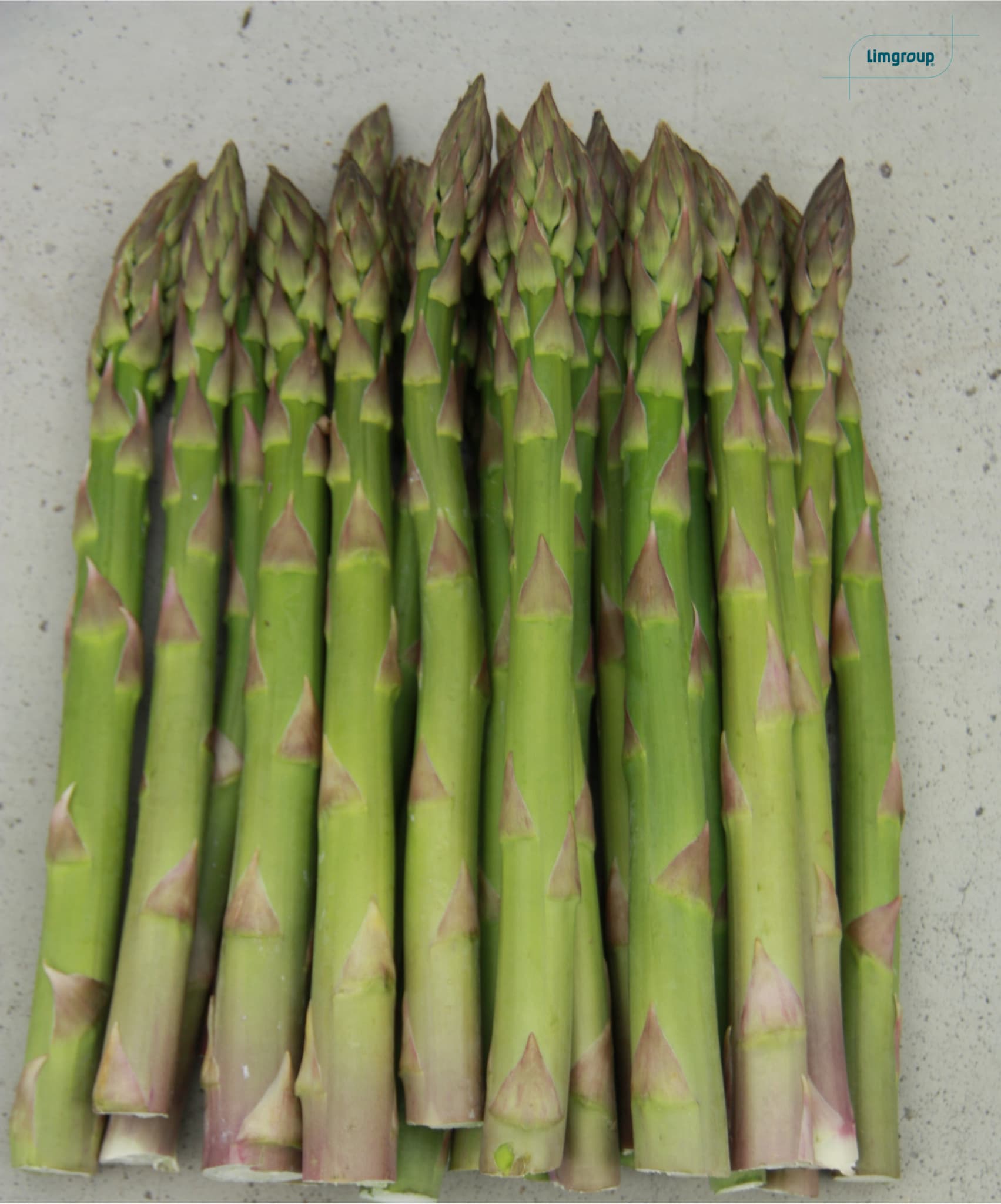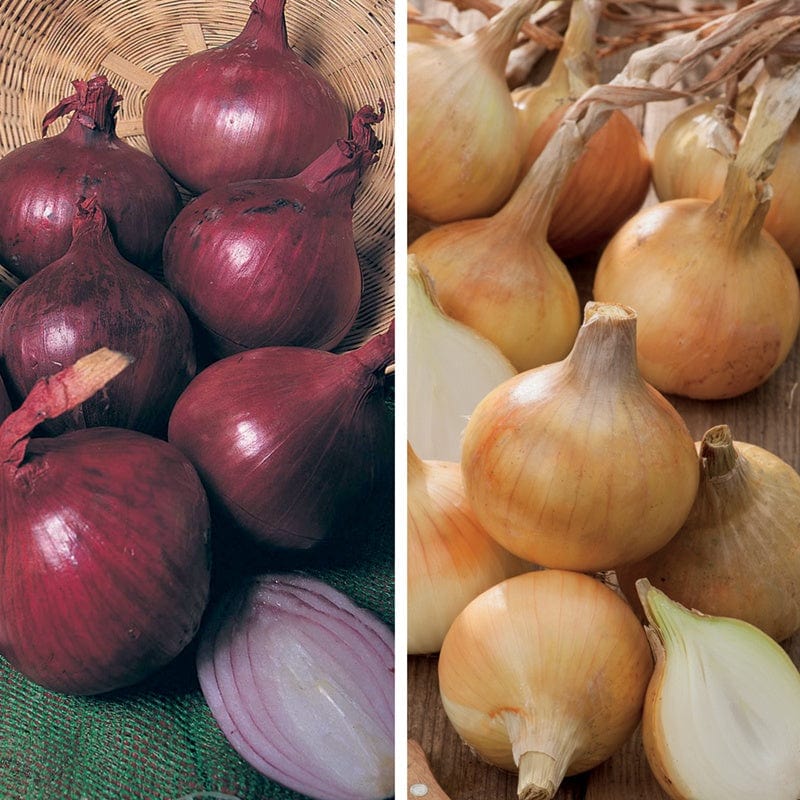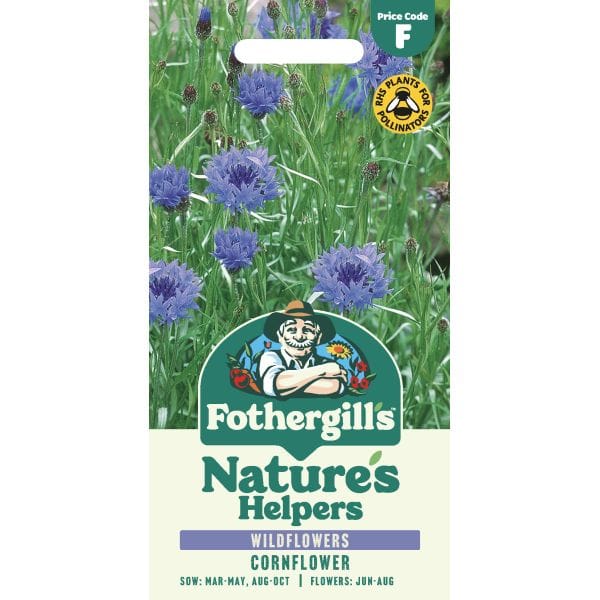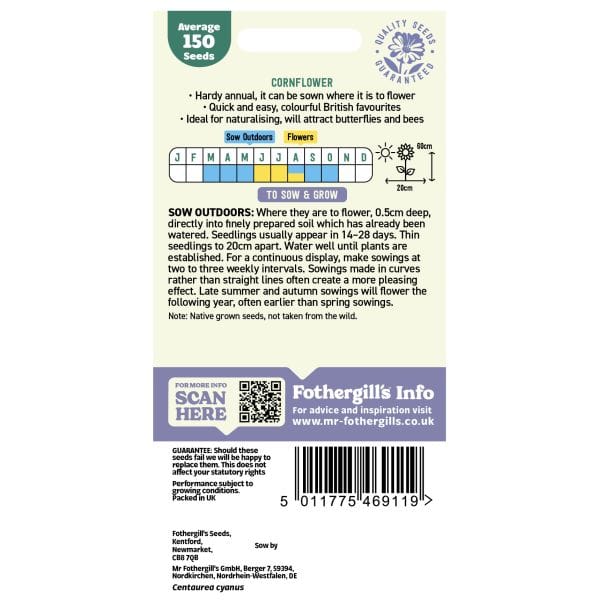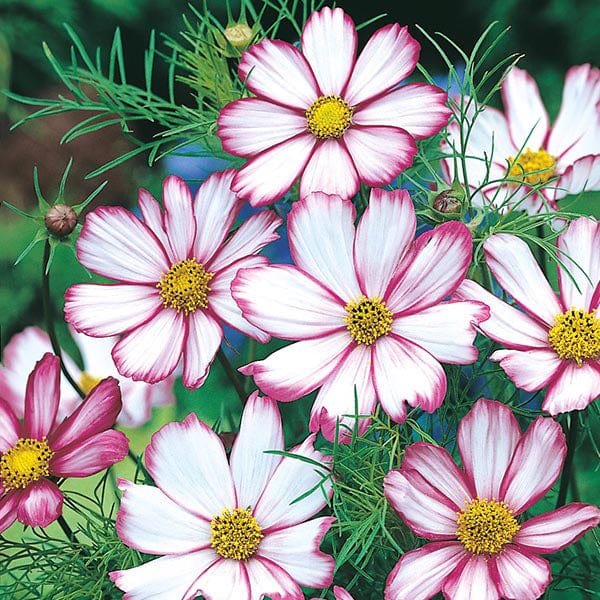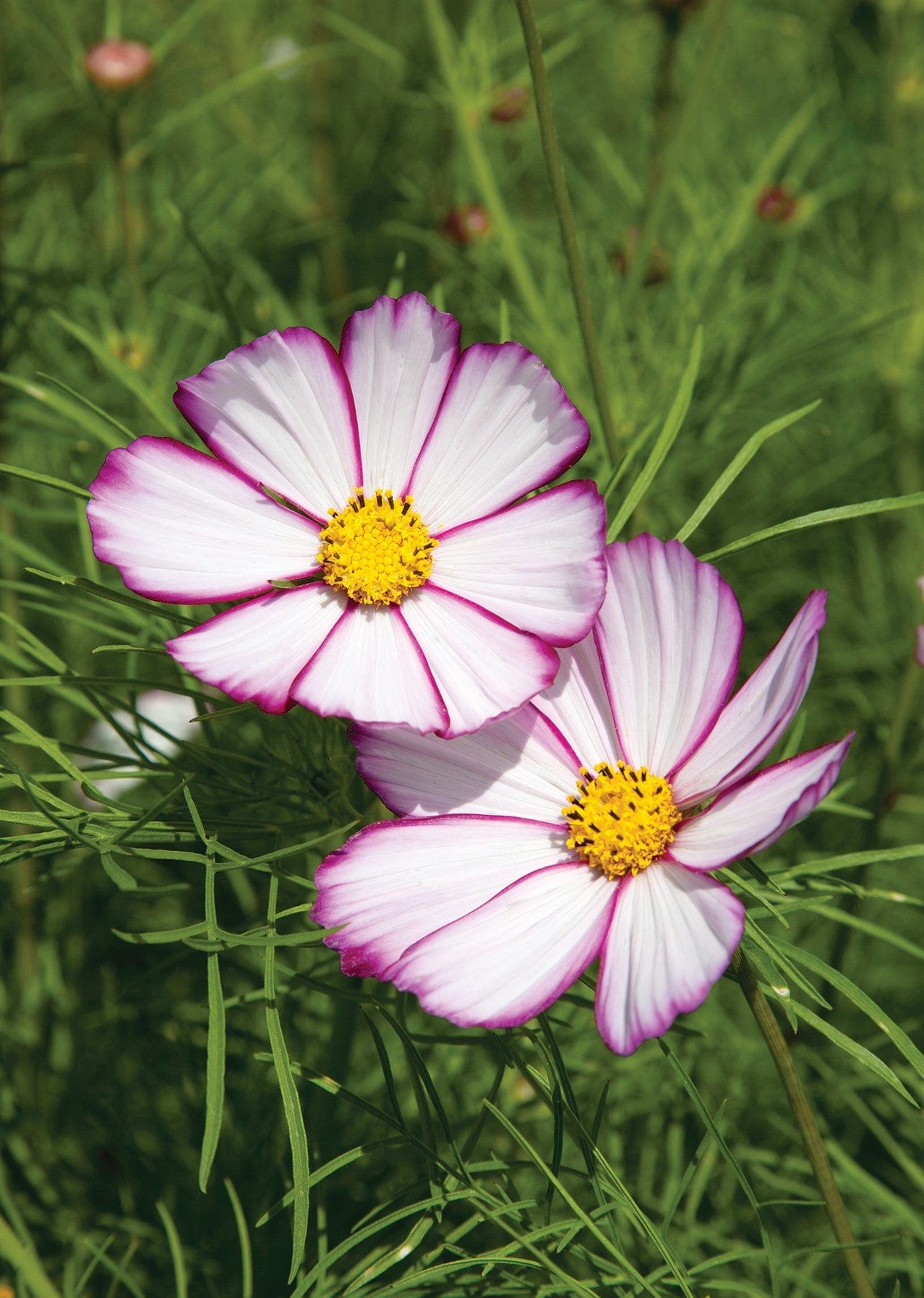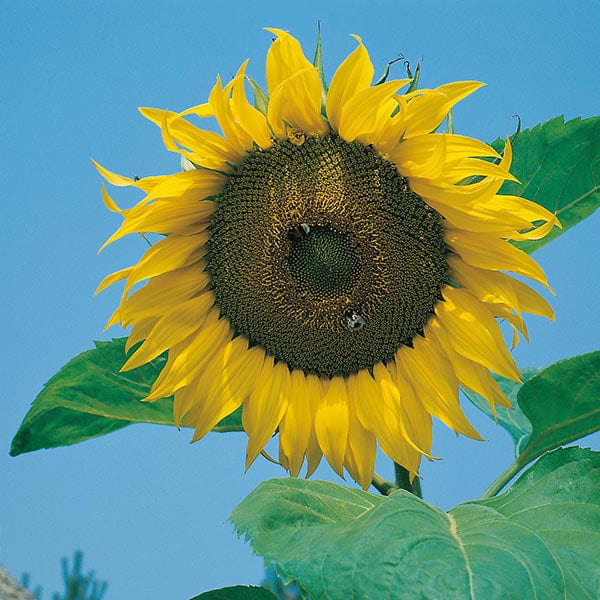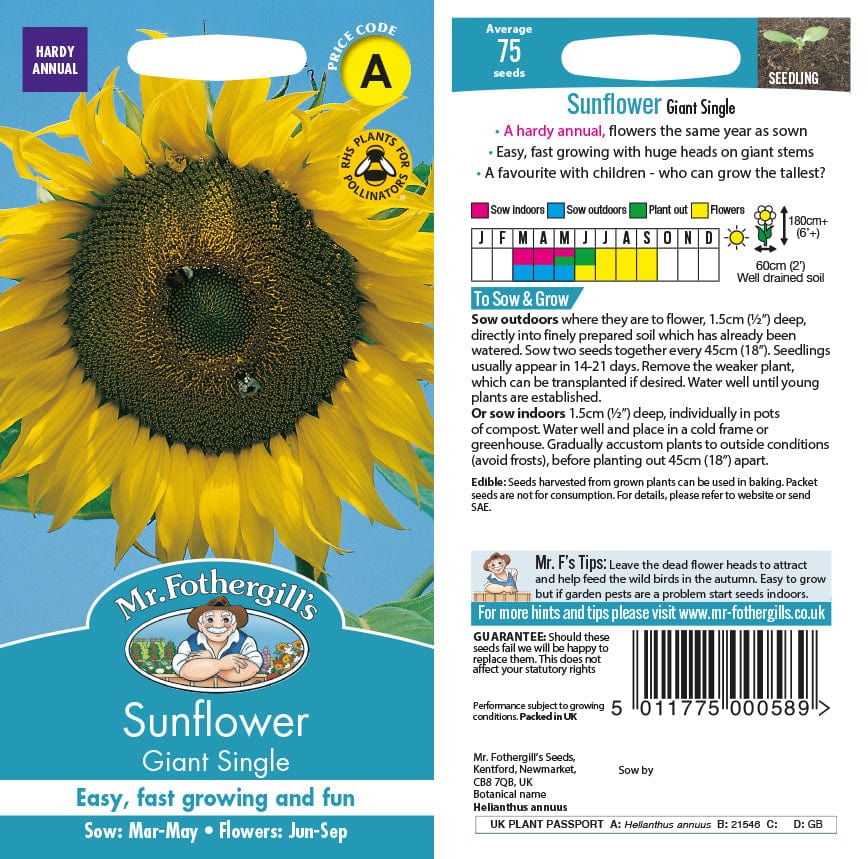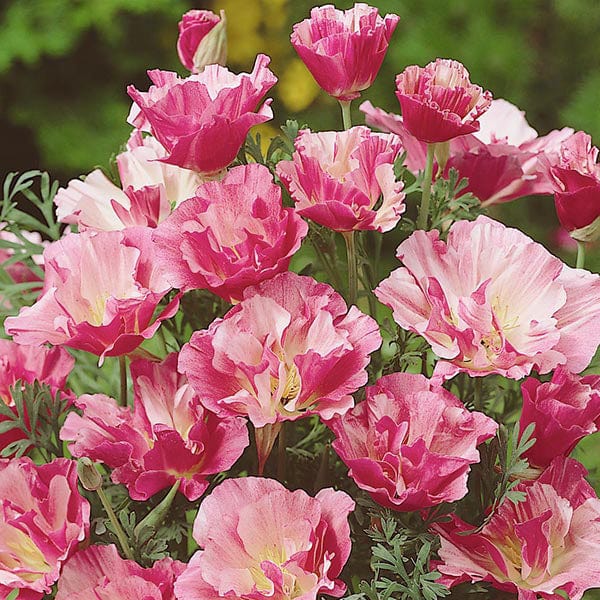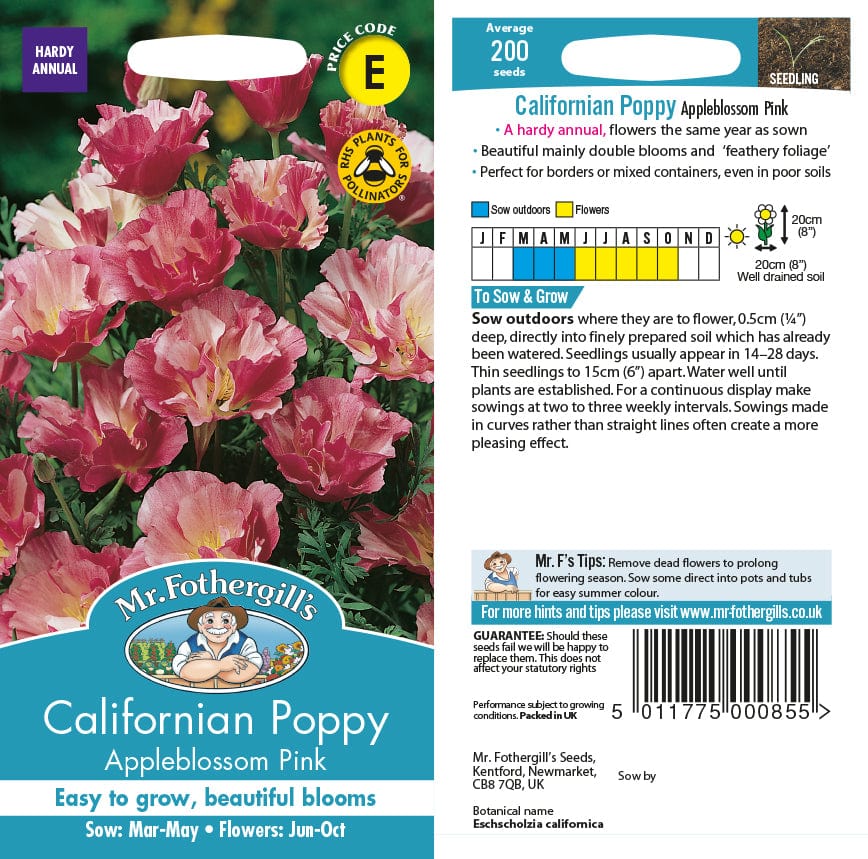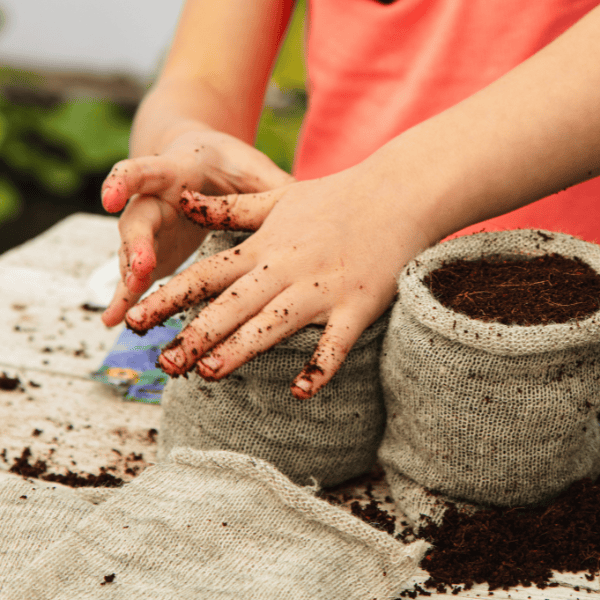Pollinators play an important role in our gardens’ ecosystems and can go a long way in increasing the production of flowering plants! So, whether it’s bees making honey or hoverfly larvae eating aphids - there are some insects that are certainly worth welcoming into your garden.
So, make sure your garden gets a five-star rating from all your busy, busy visitors, and get ready to grow the best flowers for bees in the UK now! Whether you’re after perennials or annuals, we’ve got plenty of recommendations to keep the buzzing bugs satisfied!
Best Plants for Pollinators in the UK
There are so many flower plants that give our pollinators a little helping hand in our gardens. But it’s often hard to know where to start. Recent research from the RHS has found that the best approach is to plant a mix of native and non-native plants.
When choosing your flower seeds, don’t let a lack of space put you off. Because what you may lack in space can be made up for in the variety of flowers grown. Here is our round-up of some of the best bee-friendly plants in the UK:
Best Perennial Plants for Pollinators UK
Helianthus (Sunflower)
Sunflowers are generous producers of both nectar and pollen. Interestingly, honeybees mostly collect nectar from sunflowers, yet wild bees mostly gather pollen. All the pollen and nectar are produced in the central disk of the flowers. So, whilst older varieties like Giant Single have huge disks, mature plants may only produce one flower at the top of the stems.
Instead, look for sunflower seed varieties whose branches carry far more flowers, even if they’re smaller individually. Soleo is a good choice, as is the compact Little Leo, which is ideal for smaller spaces or containers.
Some sunflower varieties have almost no central disk. If pollinators are your priority, varieties such as Teddy Bear and the taller Sun King should probably be set aside!
Aster (Monch)
Grow vibrant aster plants to attract a variety of bees and butterflies. Producing both pollen and nectar, all kinds of pollinators can’t deny the appeal of asters! They’ll find the pollen located in the ‘anther,’ an area which provides pollen grains - something which is essential for fertilising other flowers in the garden.
But that’s not all; asters are also an extremely attractive plant to display in your garden and around the home! Monch varieties are available in vivid purple tones, making them a stunning addition to your displays!
Best Annuals for Pollinators
Cornflower (Centaurea)
The Blue Cornflower was once a familiar weed among cereal crops. That was until new cultivation methods, and the arrival of more effective weed killers took this sparkling colour from our summer fields.
In gardens, though, cornflower seeds grow into astonishingly productive plants. The recently introduced Classic Fantastic in blues and purples and the Classic Magic in purples and mauves are especially pretty. Cornflowers produce relatively little pollen but huge quantities of nectar. Spring is the perfect time to sow them!
Cosmos (Cosmos)
Cosmos flowers are high on the list of the best pollen producers and, coupled with their long flowering season, are a superb resource for pollinators. For nectar production, Cosmos seeds flower into plants that are almost at the top of the list. Their generous offering of both pollen and nectar is invaluable – especially as they can flower from June into the autumn if the plants are dead-headed.
Set aside the double-flowered varieties and those with tubular petals, as these flowers are less accessible for bees to visit. Instead, choose single-flowered varieties that are also tall, bushy and productive plants. So take a look at Colour Mix and the exceptionally pretty Candy Stripe.
Eschscholzia (California poppy)
California poppies seeds bloom into stunning orange flowers, and if you enjoy their original wild appearance, look out for Golden Values. As with Cosmos and Sunflowers, pollinators like the simple single-flowered California poppies best as they are easy to access without too many extra petals getting in the way.
However, Appleblossom is such a lovely combination of pink and cream that we’re often happy to use it regardless of its semi-double flowers. This plant also does well standing at the front of a sunny border.
Limnanthes (Poached Egg Plant)
Our poached eggs never turn out quite as perfectly symmetrical as this flower. Its bright yellow-and-white flowers would be valuable in the garden even without its appeal to pollinators.
Limnanthes is one of the few annual flower plants that do well in damp soil, so this is enough of a recommendation in many gardens. But they don’t necessarily demand damp soil, only conditions that never become parched. It also self-sows throughout a garden, with seedlings popping up in the cooler, wetter corners.
Nigella (Love in a Mist; Black Caraway)
Nigellas are unexpectedly valuable because they have an adaptation at the base of their flowers to protect the nectar from bad weather, which can lessen pollen’s viability. The result is that nectar is always available to pollinators.
Wild nigella seed species, such as Black Caraway, have five or more petals. These are placed in such a way that they never seem to prevent pollinators from visiting. So the old favourite, Miss Jekyll, is just as valuable for pollinators as its wild counterparts.
Shop the Best Flowers for Bees in the UK at Fothergill’s Today
Now that you know the best flowers for bees in the UK, find out what all the buzz is about when you shop at Fothergill’s! Whether you’re looking to grow from flower bulbs, seeds, or plants, you can have it all when you browse our collection!
We’re all about making gardening straightforward, fun and accessible to everyone. So, if this article came in handy, take a look at our growing help and advice blog!












